DeepLearning
Latest
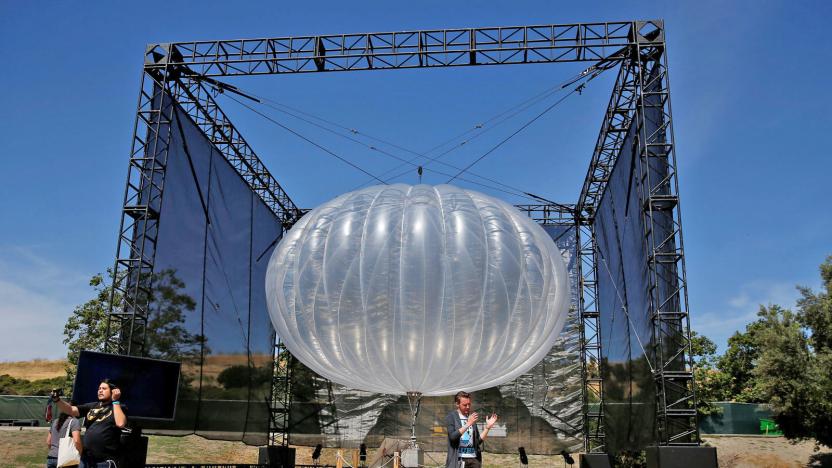
Google internet balloon uses AI to stay in place for weeks
When Google first introduced Project Loon, its internet balloons used static algorithms to change altitude and stay in position. While clever, they were limited -- Google couldn't do much to adapt to unexpected weather patterns, which are quite common tens of thousands of feet in the air. Flash forward to today, however, and it's a different story. The Project Loon team has revealed that it's using artificial intelligence technology (specifically, machine learning) to alter balloons' behavior and keep them in position for much longer. One test balloon stayed in the Peruvian stratosphere for 98 days, adapting to tricky wind conditions that might have sent it drifting away.

Google's AI is getting really good at captioning photos
It's great to be an AI developer right now, but maybe not a good time to have a job that can be done by a machine. Take image captioning -- Google has released its "Show and Tell" algorithm to developers, who can train it recognize objects in photos with up to 93.9 percent accuracy. That's a significant improvement from just two years ago, when it could correctly classify 89.6 percent of images. Better photo descriptions can be used in numerous ways to help historians, visually impaired folks, and of course, other AI researchers, to name a few examples.

IBM and MIT team up to help AI see and hear like humans
Autonomous robots and other AI systems still don't do a great job of understanding the world around them, but IBM and MIT think they can do better. They've begun a "multi-year" partnership that aims to improve AI's ability to interpret sight and sound as well as humans. IBM will supply the expertise and technology from its Watson cognitive computing platform, while MIT will conduct research. It's still very early, but the two already have a sense of what they can accomplish.

Microsoft hopes AI will find better cancer treatments
Google isn't the only tech giant hoping that artificial intelligence can aid the fight against cancer. Microsoft has unveiled Project Hanover, an effort to use AI for both understanding and treating cancers. To begin with, the company is developing a system that would automatically process legions of biomedical papers, creating "genome-scale" databases that could predict which drug cocktails would be the most effective against a given cancer type. An ideal treatment wouldn't go unnoticed by doctors already swamped with work.
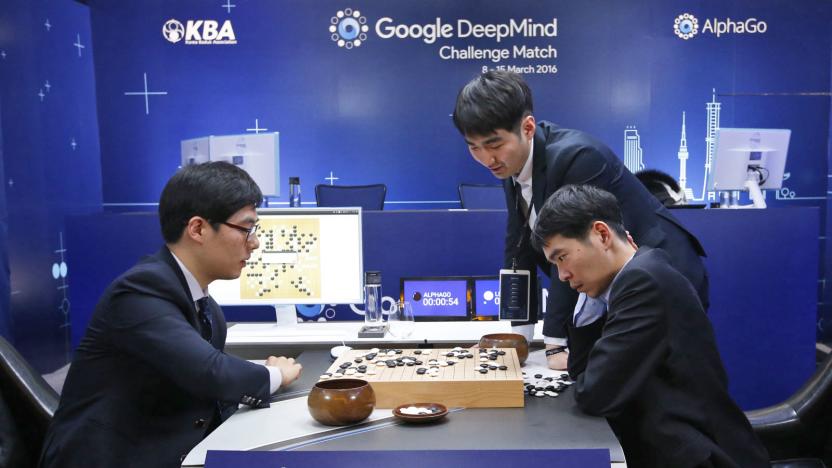
Neural networks are powerful thanks to physics, not math
When you think about how a neural network can beat a Go champion or otherwise accomplish tasks that would be impractical for most computers, it's tempting to attribute the success to math. Surely it's those algorithms that help them solve certain problems so quickly, right? Not so fast. Researchers from Harvard and MIT have determined that the nature of physics gives neural networks their edge.

Google AI builds a better cucumber farm
Artificial intelligence technology doesn't just have to solve grand challenges. Sometimes, it can tackle decidedly everyday problems -- like, say, improving a cucumber farm. Makoto Koike has built a cucumber sorter that uses Google's TensorFlow machine learning technology to save his farmer parents a lot of work. The system uses a camera-equipped Raspberry Pi 3 to snap photos of the veggies and send the shots to a small TensorFlow neural network, where they're identified as cucumbers. After that, it sends images to a larger network on a Linux server to classify the cucumbers by attributes like color, shape and size. An Arduino Micro uses that info to control the actual sorting, while a Windows PC trains the neural network with images.

Google buys startup that helps your phone identify objects
Google has purchased Moodstocks, a French startup that specializes in speedy object recognition from a smartphone, showing (again) the search giant's intense interest in AI. Unlike other products (including Google's own Goggles object recognition app) Moodstocks does most of the crunching on your smartphone, rather than on a server. While Google seemingly has some pretty good image-spotting tech already, like the canny visual categorization in Photos, it says it's just getting started.

Amazon robot challenge winner counts on deep learning AI
Amazon's robot Picking Challenge is back for a second year, and it's clear that the competition has learned a lot in that time... in more ways than one. The Netherlands' TU Delft won both parts of the challenge (stowing and picking warehouse items) with a robot that relied on the combination of deep learning artificial intelligence and depth-sensing cameras to get the job done. The machine studied 3D scans of the stockroom items to help it decide how to manipulate items with its gripper and suction cup. That adaptive AI made a big difference, to put it mildly. The arm got a near-flawless score in the stowing half of the event, and was over three times faster at picking objects than last year's champion (100 per hour versus 30).

Neural net photography tweaks go mobile with Prisma on iOS
We've seen DeepMind's acid trip photo creations and what it looks like when algorithms colorize black and white photos. But you need to be near a computer for the former, and do some pretty heavy lifting, scientifically speaking, to set up the latter. But an iOS app is putting algorithm-based photo tweaks in your pocket. Dubbed Prisma, it takes a different approach than, say, Instagram. The app's filters are artistic, in the painterly definition of the word.

Computers learn to predict high-fives and hugs
Deep learning systems can already detect objects in a given scene, including people, but they can't always make sense of what people are doing in that scene. Are they about to get friendly? MIT CSAIL's researchers might help. They've developed a machine learning algorithm that can predict when two people will high-five, hug, kiss or shake hands. The trick is to have multiple neural networks predict different visual representations of people in a scene and merge those guesses into a broader consensus. If the majority foresees a high-five based on arm motions, for example, that's the final call.

AI is nearly as good as humans in detecting breast cancer
Someday, computers could help doctors diagnose diseases much faster than they can today. Researchers from Beth Israel Deaconess Medical Center (BIDMC) and Harvard Medical School (HMS) have developed a way to train artificial intelligence to read and interpret pathology images. Andrew Beck from BIDMC explains that their "method is based on deep learning," which is commonly used to train AI to recognize speech, images and objects. They recently got the chance to prove just how effective their technique is during a competition at the annual International Symposium of Biomedical Imaging, where the AI was tasked to look for breast cancer in images of lymph nodes.
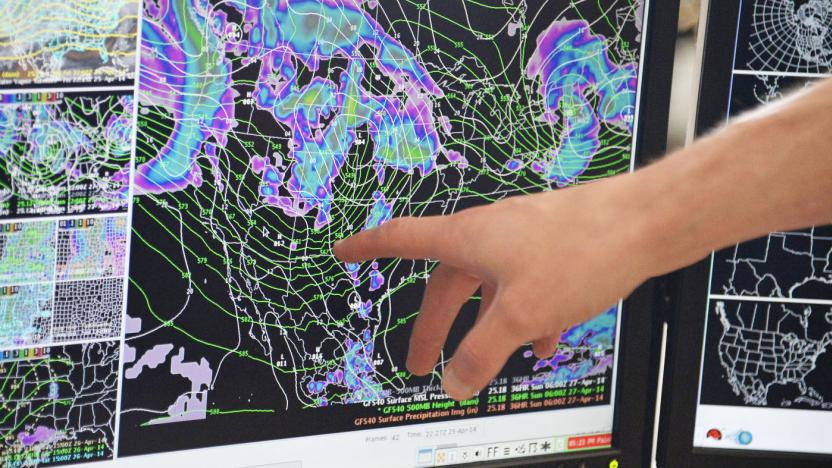
IBM's AI can predict how we'll react to the weather
According to the "butterfly effect" theory, weather is inherently hard to predict. But IBM thinks that if you throw even more computing smarts and data at it, you should be able to at least improve forecasts. Big Blue is marrying its own hyper-local weather models with global ones from (its own) The Weather Company and creating Deep Thunder, the best-named forecasting system ever. To analyze all the data, the company is building new deep-learning algorithms and training them using petabytes of historical data.

AI 'doctors' will diagnose your X-rays
An Israeli medical imaging company has signed a deal with a Utah-based healthcare provider that could change the way we diagnose certain conditions. Zebra Medical Imaging is teaming up with Intermountain to work on a neural network that will compare fresh X-rays with the "millions" stored in its own database. The eventual aim of the project is to offer up suggestions to radiographers and other medical professionals and eliminate costly misdiagnoses.
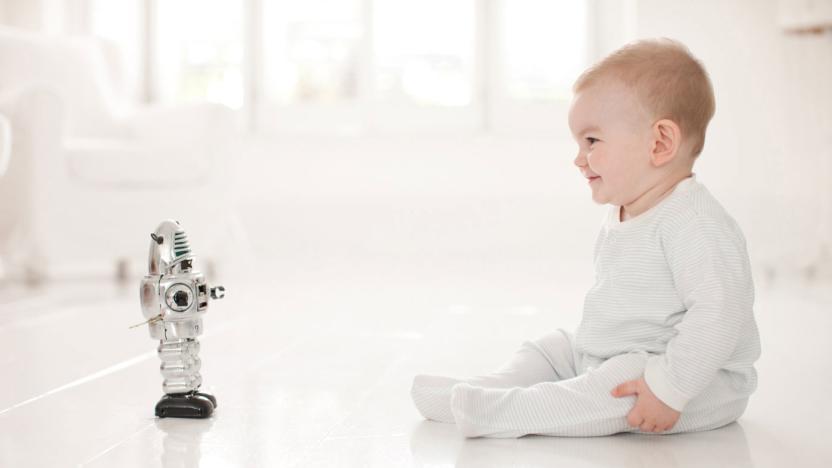
Sony wants to push AIs to learn from their own experiences
Artificial intelligence is being put through rigorous training. Major technology companies like Microsoft, Google, IBM and Amazon have invested heavily in machine learning techniques that teach systems how to think and react like humans. Now Sony is stepping in to introduce a new layer of learning that it believes will power the next generation of AIs.
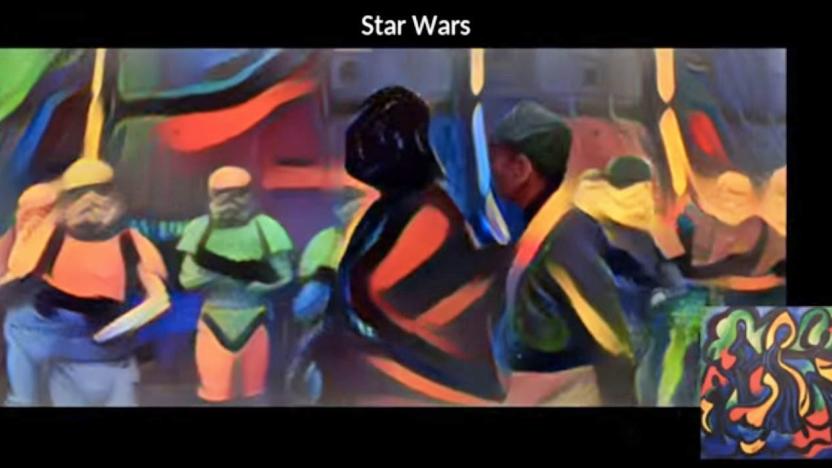
Computer remixes famous film scenes with classical art
Imagine that you could take any video clip and transform it into the art style of a classic painter with a click of a button. That's the process that researchers at Germany's University of Freiburg have been working on thanks to the advancement of computer learning. The team has learned that it's now possible for computers to watch the action on screen and effectively see the elements that make up each frame. It can then trace the outlines of, for instance, the actors in the foreground, and re-skin them with any art style you choose. For instance, the team took scenes from British TV series Miss Marple and made them look as if they'd been painted by Van Gogh during his Starry Night phase.

Artificial intelligence now fits inside a USB stick
Movidius chips have been showing up in quite a few products recently. It's the company that helps DJI's latest drone avoid obstacles, and FLIR's new thermal camera automatically spot people trapped in a fire, all through deep learning via neural networks. It also signed a deal with Google to integrate its chips into as-yet-unannounced products. Now, the chip designer has a product it says will bring the capacity for powerful deep learning to everyone: a USB accessory called the Fathom Neural Compute Stick.

AI-powered cameras make thermal imaging more accessible
As cool as thermal cameras may be, they're not usually very bright -- they may show you something hiding in the dark, but they won't do much with it. FLIR wants to change that with its new Boson thermal camera module. The hardware combines a long wave infrared camera with a Movidius vision processing unit, giving the camera a dash of programmable artificial intelligence. Device makers can not only use those smarts for visual processing (like reducing noise), but some computer vision tasks as well -- think object detection, depth calculations and other tasks that normally rely on external computing power.

Microsoft beats Google to offline translation on iOS
Microsoft updated its Translator app to support offline translation on Android back in February, and it's just added the same feature to the iOS version. Like the Android app, the translation works by way of deep learning. Behind the scenes a neural network, trained on millions of phrases, does the heavy lifting, and the translations are claimed to be of "comparable" quality to online samples. Your mileage will apparently "vary by language and topic," but even an adequate translation is probably worth it when you're saving on data costs abroad.

NVIDIA's insane DGX-1 is a computer tailor-made for deep learning
NVIDIA has moved its GPU business far beyond just powering gaming computers. For several years now, the company has been focused on using its technology to power advanced machine learning technology, and today the company announced the positively wild $129,000 DGX-1 supercomputer. NVIDIA CEO Jen-Hsun Huang called the DGX-1 the equivalent of 250 servers in a box -- it has 7TB of SSD storage, eight of the just-announced Tesla P100 GPUs and two Xeon processors. It's an insane amount of computing power (170 teraflops in a single machine), and it's a 12X improvement over what NVIDIA announced last year.
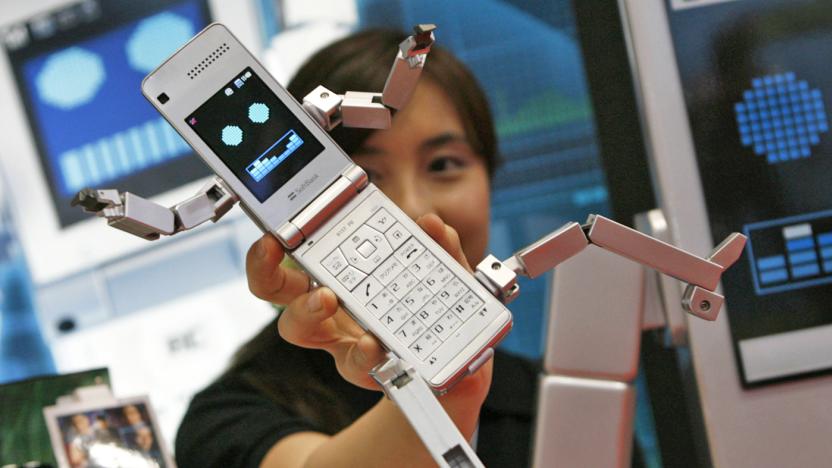
DARPA's next challenge could lead to AI-powered radios
So far, the solutions to wireless spectrum crunches have involved either offering relatively untapped airwaves or reusing frequencies that were previously assigned to something else. However, DARPA knows this can't go on forever -- and it's looking for help to devise a clever way around the problem. The military research agency has launched a new Grand Challenge that will have teams develop artificial intelligence-powered radios that cooperate with each other to avoid wireless congestion. Rather than force devices to use narrow frequency ranges regardless of how crowded they may be, DARPA would like to see those gadgets negotiate frequency sharing whenever they need it.







